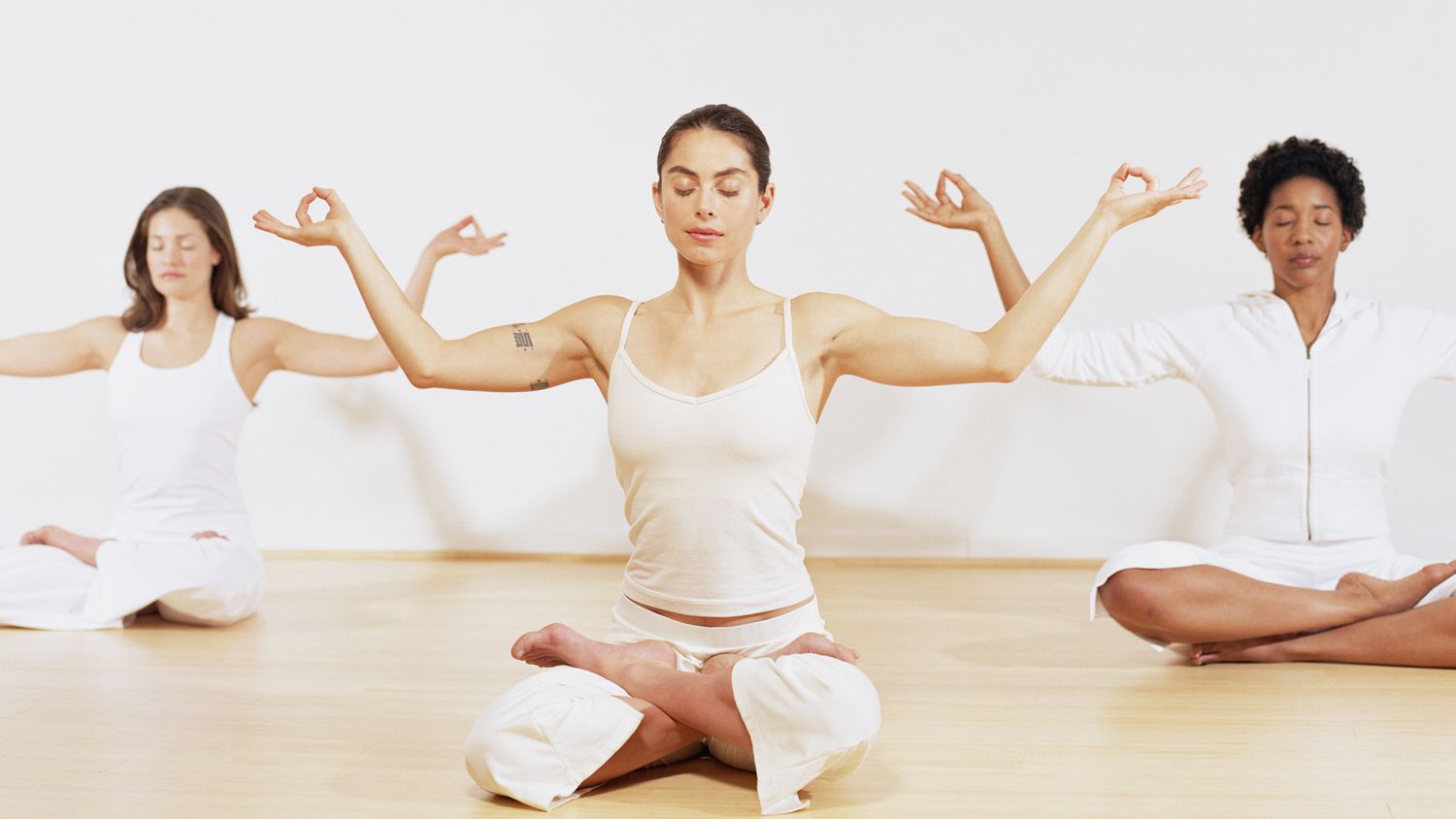Whether you’re suffering from plantar fasciitis or any other foot condition, yoga can help you find relief from the pain. Practicing yoga postures helps strengthen your body and get in touch with your body’s signals.
Yoga poses can help relieve the pain in your heel by stretching out the fascia and supporting the muscles in your feet. However, You should do yoga poses properly to avoid aggravating the condition. Incorrect form can lead to overpronation and over-supination, which can lead to plantar fasciitis.
Paschimottanasana (Seated Forward Bend Yoga Pose)

Paschimottanasana is a great posture to practice when you have plantar fasciitis. It can stretch the affected ligaments and bring new blood to the area. It can also help to increase flexibility and lengthen a weakened foot. Practicing in a neutral alignment is the key to doing this pose correctly. This way, the feet and knees will feel better after the practice.
You can start this pose by bending forward with your knees. Then, you can drop your hands to the floor and support your body with your palms. This pose stretches the ligaments in the foot and strengthens the supporting muscles in your leg. Ideally, you’ll be able to hold this posture for eight to ten breaths. Once you’ve reached the desired length, release the pose and sit in the child’s pose.
You can practice this yoga posture intermittently or hold it for three minutes. You can practice it for twenty seconds if you can’t have it for that long. It can also perform this stretch as often as you wish throughout the day. A yoga block, a yoga strap, sandbags, or a wall may help you with the time.
Despite being a pose meant for abdominal health, it is still a great way to stretch the feet and ankles. It also helps improve your flexibility in the ankle and foot.
Viparita Karani (Legs Up the Wall Yoga Pose)

Viparita Karani is one of the best yoga asanas for Plantar Fasciitis because it stretches the plantar fascia. This Pose stretches the plantar fascia, the tissue in the bottom of your foot. It is considered a restorative pose and can be done independently or with other poses. It relieves the pain of Plantar Fasciitis and is a good yoga asana for plantar fasciitis.
While the traditional cure for plantar fasciitis involves complete rest, it’s often not practical for those who need to continue their activities. However, yoga poses can help restore the injured areas and support a healthy immune system.
Viparita Karani is an advanced restorative yoga asana for the lower body. It is a variation of the chair pose that helps improve the flexibility of the foot and ankle joints. To practice it, you need to bend your knees and sit back between your feet, putting your hands on your knees to help keep your legs stable. Hold the Pose for a few minutes and breathe comfortably.
The part of the foot connects the big toe to the heel and is most likely to become injured if it not treat. As a result, it may spread into the arch of the foot.
Malasana (Garland Yoga Pose)

One of the best yoga pose for plantar fasciitis is Malasana. This pose focuses on stretching the ankles and plantar fascia. This asana helps to extend the connective tissue, improves blood flow and increases strength and range of motion.
Although many causes of plantar fasciitis remain unclear, yoga poses can often relieve pain. These ancient yoga poses can help to restore structural integrity to the lower leg and help correct the imbalances that can cause plantar fasciitis.
Malasana strengthens the ankle tendons and strengthens calves. It also stretches the plantar fascia and stretches the hips and knees. Practicing this yoga asana will improve the range of motion for your feet, which are a crucial part of most activities.
Urdhva Hastasana (Upward Salute Yoga Pose)

Urdhva Hastasana is one of the best yoga pose for Plantar Fasciitis. It will stretch the foot and rejuvenate your body and mind. This pose also promotes balancing skills and realigns the body’s posture. The most important thing to remember while performing this pose is to remain still and practice it easily.
Begin by standing with your feet wider than your hips. Next, turn your toes outwards. Then, squat down as low as possible while keeping your spine and shoulders relaxed.
It is a full-body stretch that stretches the plantar fascia. Performing this pose requires a little flexibility, and it’s best to do it with support. You can also try seated and supine positions.
The Urdhva Hastasana is an advanced pose that requires more advanced practice and is not for beginners. You should be familiar with the entire primary series and have stable alignment before you attempt this one. You should be able to bend your knees while maintaining balance and alignment. You must be able to hold the pose for ten breaths.
Utkatasana (Chair Pose)

Utkatasana is an effective yoga asana that helps heal the heel and prevents heel pain. This pose helps strengthen the ligaments of the legs and knees and protects fluids in the joints. The posture also helps the body eliminate waste and promotes tissue healing.
To begin this yoga asana, sit on a yoga mat with legs apart. Spread your legs before you and bend your knees to the left and right. It should turn your right leg slightly, and your left leg should bend from the knees to your hips. Your left and right foot should touch the toes of each leg.
Utkatasana is a seated yoga pose that strengthens the thighs and calves. It also helps the patient develop a strong arch of the foot. While practicing this asana, they should avoid practicing if they have recent surgery or ACL reconstruction on the knee.
Tadasana (Mountain Pose)

Tadasana is a great way to stretch the plantar fascia. You don’t need to be flexible to practice this asana, but you must have reasonable control of your legs. While Tadasana can help you stretch and strengthen the foot and fascia, it’s only sometimes appropriate for everyone. You practice this pose at least three times, preferably five. For better results, hold the position for more extended periods.
Tadasana is a standing yoga pose that helps stretch and strengthen the body. The legs should be hip-width apart and the toes should be slightly bent. It should evenly distribute the body weight over the front and back legs. While in Tadasana, you should bend the right knee over the ankle and it should stretch the left knee inward. Inhale and exhale and maintain balance while lifting the body.
You may have difficulty softening your toes and feet if you have a stiff foot. You may also have clenched toes and dropped arches and feel like you’re walking on concrete. Tadasana will help you decompress and heal your feet and soften them. It will also strengthen your thighs and balance your body.
Conclusion
Yoga poses for Plantar Fasciitis are designed to strengthen the plantar fascia and increase the range of motion. They also help to stimulate nerve function. It allows for quicker recovery. As your foot and leg muscles grow stronger, you will also improve your balance and coordination. As a result, the pain from Plantar Fasciitis will lessen. Yoga can be helpful in treating plantar fasciitis. Theses are best yoga asanas for plantar fasciitis that also focus on strengthening and balancing the body.










